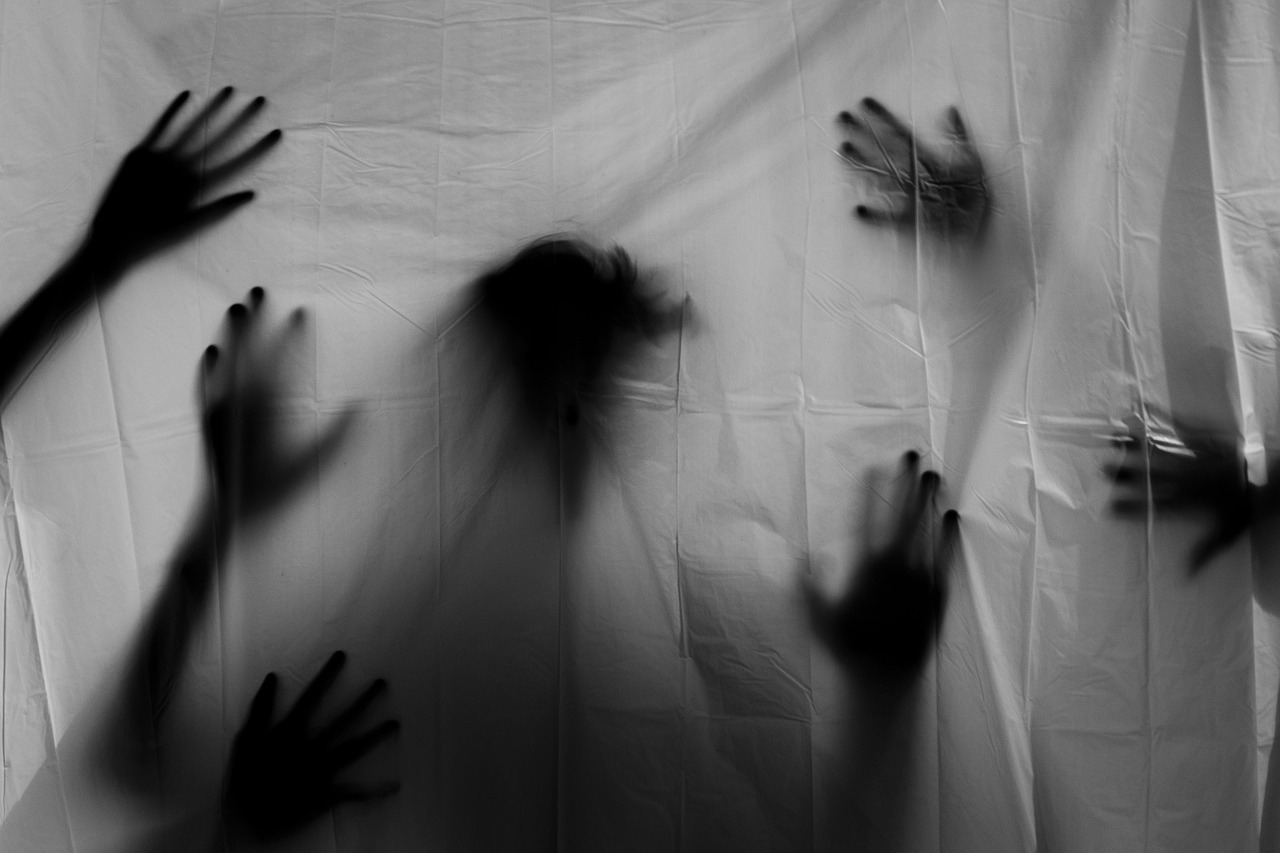
What is Phantasmagoria Film?
Early horror theater utilized a series of lanterns and rear projection in order to project scary images onto the walls calling it a phantasmagoria. Film production has since taken some of this early style of horror theater to an entirely new level to deliver terrifying accounts of horror storytelling based largely on these early steps from the 1700s. The production of frightening images through one or more lanterns is known as phantasmagoria. But what is a phantasmagoria film?

What is Phantasmagoria?
Phantasmagoria represents a form of horror theater that dates back as far as the 1700s. It utilized a series of lanterns to produce the earliest moving image projection devices.
Which resulted in an immersive audience experience that was widely connected to horror, true accounts of crime, and scary stories.
Phantasmagoria originally incorporated more than just a moving image into the theatrical production that would scare spectators.
This production also included special effects, surround sound, and even hallucinogens that would take viewers outside their comfort zones.
Delivering a theatrical experience like nothing they’d ever felt before.
Lighting
Early phantasmagoria used a multi-use light source and a sequences of lenses in which transparent slides with images drawn on them would project the image onto a wall or other area.
The images could be shown to mass audiences, similar to today’s theatrical experience despite this occurring in the 1700s.
The images were demonic, scary, and specifically used to frighten the audience.
Phantasmagoria The 1790s Theatrical Show
Magician Paul Filidort frequently called Philidor, was a performer that claimed he could raise the dead.
He frequently oversaw séances and was forced out of Berlin for committing fraud in the late 1700s.
Upon arriving in Paris, Filidort would introduce his show, Phantasmagoria in the 1790s.
Projections
This theatrical show used optics, magical lanterns, and illusions to project disembodied spirits, ghosts, and other scary subjects onto the wall for spectators to see.
Considered some of the earliest horror theater shows, Phantasmagoria was so popular that Paul Filidort was said to perform twice per day in Paris at the Hotel Chartres.
Etienne-Gespard Robertson
Upon seeing the show, another artist, Etienne-Gespard Robertson would later produce his own Fantasmagorie which would show several years later in multiple Paris theaters.
Etienne would move the magic lanterns while his storytelling was being delivered and the result was as if the images within the lanterns and on the slides were moving.
In addition to the ghostly images that would illuminate from the lanterns. There would also be bells, thunder sounds, and chilling ghost calls that would come from this performance.
The effect was an incredibly scary theatrical experience for the audience.
Phantasmagoria Film Inspirations

Since Phantasmagoria was so popular all those years ago, several other instances of this style of horror theater have evolved over the next several hundred years.
You might recognize the connection in style to Walt Disney World’s The Haunted Mansion and their live show Fantasmic.
Which were both inspired by the original moving image projections and effects of phantasmagoria all those years ago.
The Takeaway
Today, modern-day horror films techniques include a variety of special effects and techniques.
Which include the alteration of lantern projections, adjusted lighting, and sensory experiences to create a phantasmagoria-like effect.
That’s to phantasmagoria, film productions have evolved to include a variety of spooky, scary, and otherwise fearful elements that use simple techniques.
To create powerful illusions that twist the mind into thinking anything but good thoughts.


